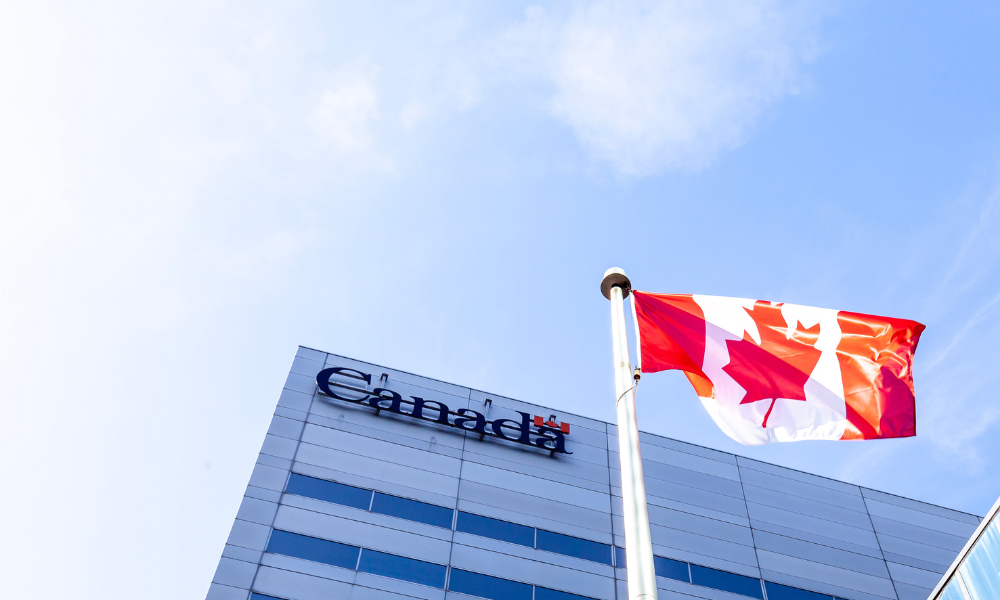Following factor's dismal performance during 2020 recovery, signs of brewing equity-market risk support return to prudence

Amidst last year’s remarkable equity-market comeback, low-volatility strategies notched some of their most disappointing returns. But as a year of investor euphoria and historic levels of economic stimulus gives way to potential risks, it may be time for investors to once again consider a dose of low-vol exposure.
According to a new note from Brompton Funds, the S&P 500 generated an 80% return in the one year following its March 2020 lows, the best stock-market comeback story since World War II. Against that backdrop, the low-volatility factor posted a large negative return relative to other factors, the first time it had done so in 10 years.
“This is not surprising given the historic recovery in the equity markets where a risk-on regime was supported by massive monetary policy and fiscal stimulus,” according to the note.
But if the past is any guide, investors should now be bracing for a sophomore slump in stocks. Citing LPL Financial, it said the second year of recovery, the equity market has historically been prone to drawdowns of 10% on average.
“The only time year two of a comeback was better than the recovery in year one, was during the aftermath of the 1987 crash,” it said. “At this juncture, we believe investors should look towards embracing low volatility strategies in their portfolios given the signs of risk brewing in the equity markets.”
Citing a 2019 paper published in the Journal of Portfolio Management, the note said the low-volatility factor has generated a positive premium in every decade since 1929.
Canadian ETF investors appear to be on the ball as well; in its most recent ETF Flows report, National Bank said Canada-listed low-volatility ETFs saw $71 million in net positive flows last month, bucking a 15-month trend of outflows.
“In the first half of 2021, inflationary expectations, given the economic recovery and additional fiscal stimulus, drove massive factor unwind significantly reflating both value and low volatility factor returns, while all other factors saw weak improvements or declining returns,” Brompton analysts said. “Given the forward-looking nature of the equity market, it is likely the market has already priced-in a recovery growth peak.”
At least one economic indicator is flashing signs of a peak in recovery growth. This past March, the manufacturing ISM index posted a record high level of 64.7, and has since moderated to slightly above 60. Those types of readings are rare: according to Brompton, the index has topped 60 less than 5% of the time since 1980.
Since the reflation of the yield curve earlier this year, it said, the MOVE index has shown elevated volatility in interest rates. That’s being driven in part by continuing uncertainty on where the balance between economic growth and inflation currently sits, as well as the details surrounding the U.S. Federal Reserve’s tapering of bond purchases and plans for interest rate hikes.
“There is a conceptual link between volatility in stocks and interest rates that exists as rising anxiety in one corner of the market could eventually set the stage for similar sentiment in the other,” Brompton said.
The risk-on mood magnified by equity rallies usually leads to mispricing of high-beta assets relative to low-beta assets, it said. Those divergences, Brompton added, do not often persist over the long run, which sets the stage for low volatility to come back into vogue.
“While sharp recoveries in equity markets will cause the Low Volatility factor to underperform in the short-term, this is usually temporary,” the note said. “Given the backdrop of euphoric markets, Low Volatility is here to stay.”



